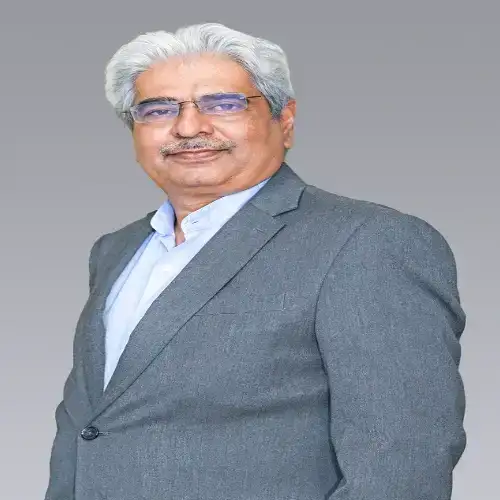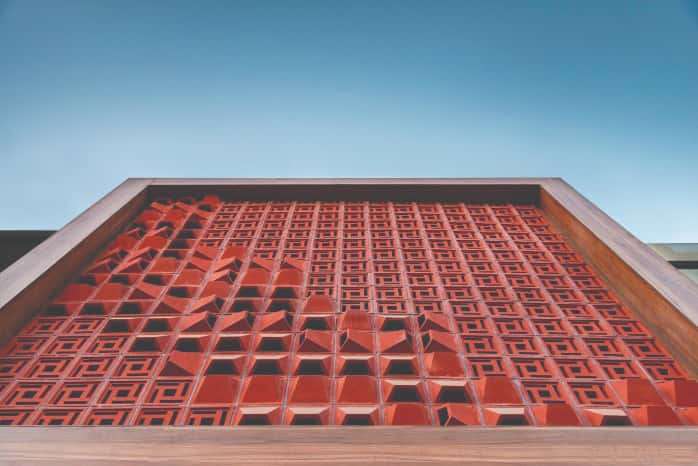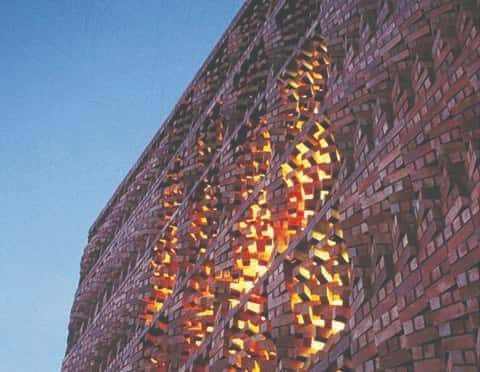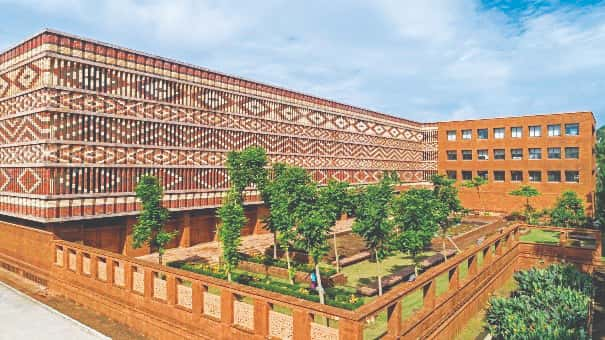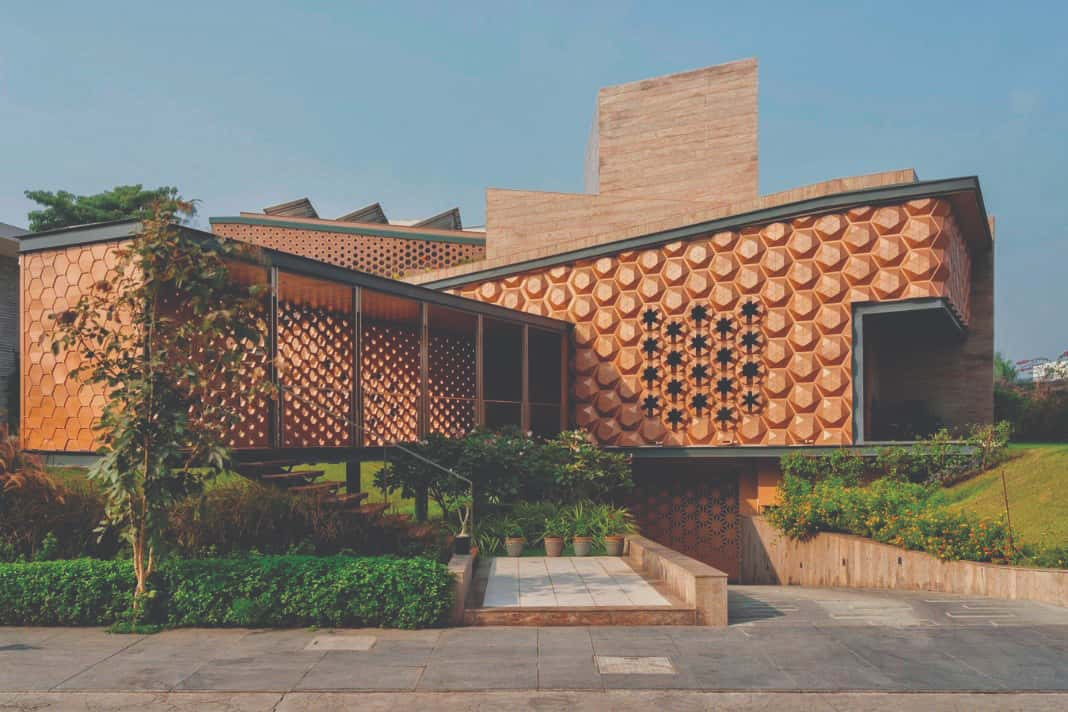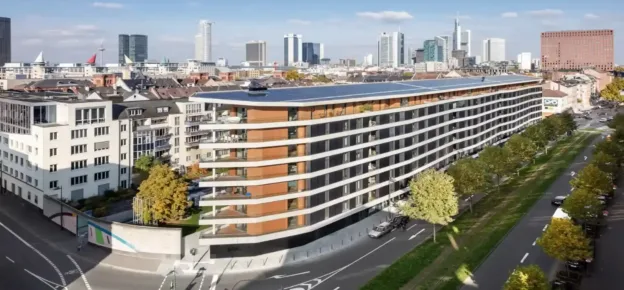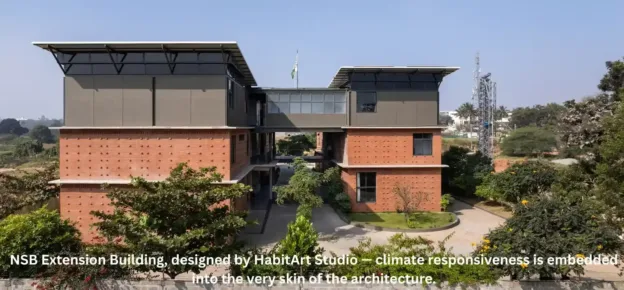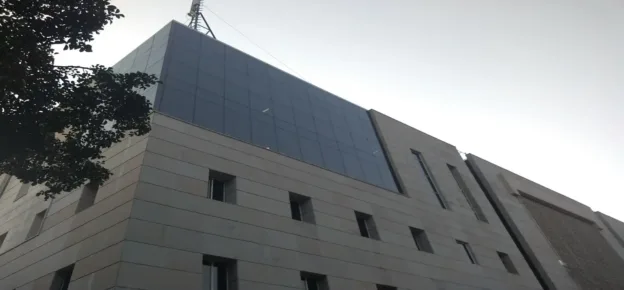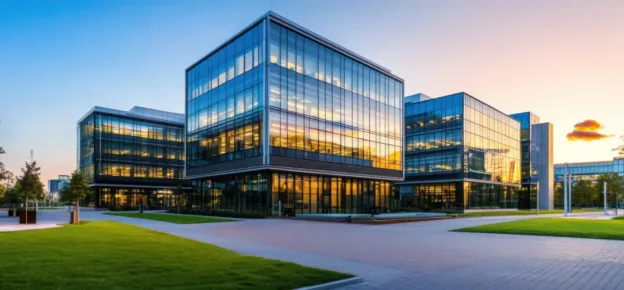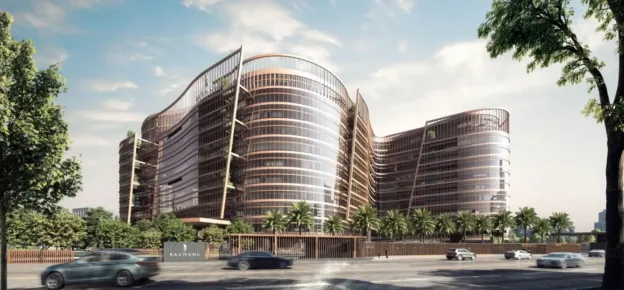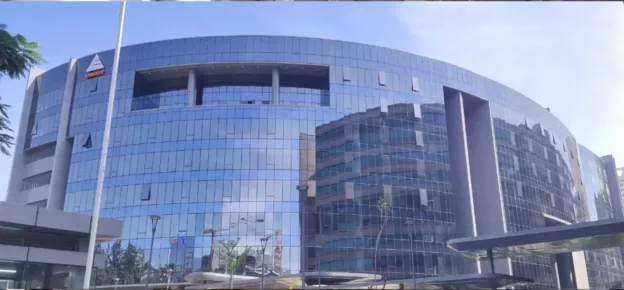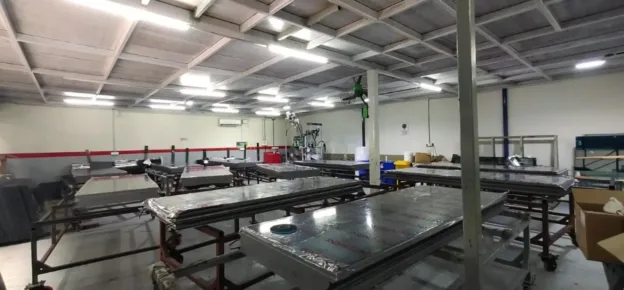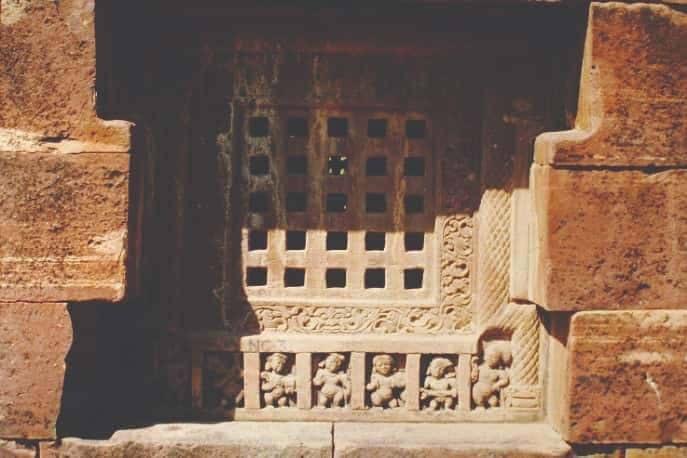
Façade Market Insight
Architecture has long been the tool of historians to learn how people lived their lives. What we build today, envisioning a future, becomes the prop to understanding the civilisation by people of the present in the future. Hence, architectural designers do hold a sincere responsibility to give to the world something that would make future generations see us in the brightest of the brightest light.
Post the era of post-modernism in the architecture world again woke to non-woke purist ways to deal with building designs with the curry of contextualisation. The world understood that nothing is more worthy than making a present better so that it could become an antidote to the menaces brought by designs of the near past.
In India, we have begun to look back at the traditional methods with a layer of evolution to make them fit in our designs with the purpose of making the building respond well to the climate and hence bring a cap on energy consumption too. In doing so, building façades play one of the most important roles. Stuck by the need to choose a path that reduces the use of energy, designers have begun to investigate indigenous materials and technologies to embolden the cause with applications.
Let’s look into a few façade trends in vogue that have become the driving forces in the subcontinent for the larger good.
Use Of Jaalis
Since the ancient period of the mighty Cholas and the magnificent Guptas, the Jaalis have remained an essential element to screen off the glare and provide insulation from the heat in places of extreme temperature. They are manufactured in various materials ranging from terracotta, stone, concrete, wood, metals, etc. This methodology of screening not only reduces the temperature inside the spaces but also ensures optimum wind circulation. Depending on the make of Jaalis, the temperature reduction varies, but largely it ends up being an aesthetically pleasing façade element with great functionality, catering to sustainability.
Use Of Local Materials
Brick, along with other local materials, has become an integral element in presenting an aesthetically pleasing façade. The best thing about the use of brick and stone is the drop in embodied energy, apart from giving aesthetically pleasing façades. The traditional way of doing architecture in the subcontinent was all about retaining the material with its textures and feel without external rendering. Exposed brickwork has not only picked up in residential projects but is making good marks in institutional as well as commercial projects. Both stone and brick as materials have good longevity, and such is the truth of any local material. It works well for the tropical climate, being resilient to the harsh climate outside. Humans connect well with natural materials, and hence, these in the façade also add to human well-being.
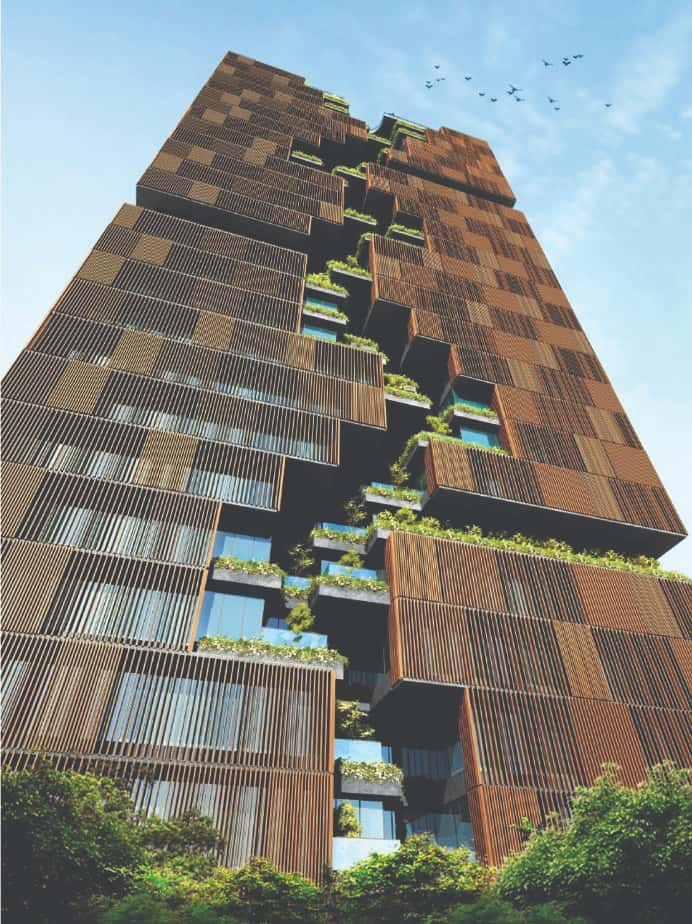
Bringing Green Onto The Façade
Bringing vegetation inside and building harmony with nature has long been a tradition in Southeast Asia. Now, with buildings going higher, the opportunity, with the aid of tools, to do vertical gardening vegetation is becoming part of the façade. This not only adds to the iconic quotient but also helps reduce the HVAC load, etc., by helping in temperature reduction.
All these methods can be elaborated with utmost detail, and even more aspects of façades can be brought forth. These will require separate essays altogether, but one thing can be concluded from this essay, largely that the use of indigenous techniques with a layer of contextualisation has become vogue in India, and they are adding abundant value for energy savings.

